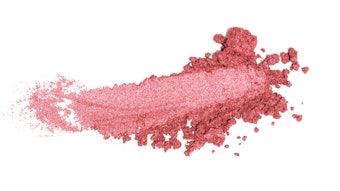Lead and bismuth salts have been used for years in the United States to produce progressive hair dyeing solutions, which are more socially acceptable hair coloring processes than one-step dyes, and offer merchandising potential.
Due to its slow and gradual change, graying hair often goes unnoticed at first, until it eventually becomes obvious and pronounced. Once an individual becomes aware of their graying hair, they typically desire a hair color treatment but fear the attention that surrounds immediate and dramatic color restoration. This is particularly true of men, since women tend to begin coloring their hair at earlier stages of graying, thereby preventing and avoiding exposure to the public. In addition, target hair coloring, a specific and more radical color change, is considered a female cosmetic gesture. This process generally is only exercised by men when the truth can be kept secret.2
In an ideal world, the graying process could be reversed. The individual could control the reversal, reducing the number of years that the graying process takes and making it gradual so that a psychological advantage may be gained, in terms of peer awareness.
A gradual approach to coloring hair—a person’s best method in a non-ideal world—should be incomplete in its ultimate effect so that the process can be stopped with subsequent maintenance, or continued with successive and sequential color build-up; the result should be permanent and resist easy removal.
The application of the hair coloring product must be convenient and simple. Therefore, shampoo is considered the preferable choice of application.










